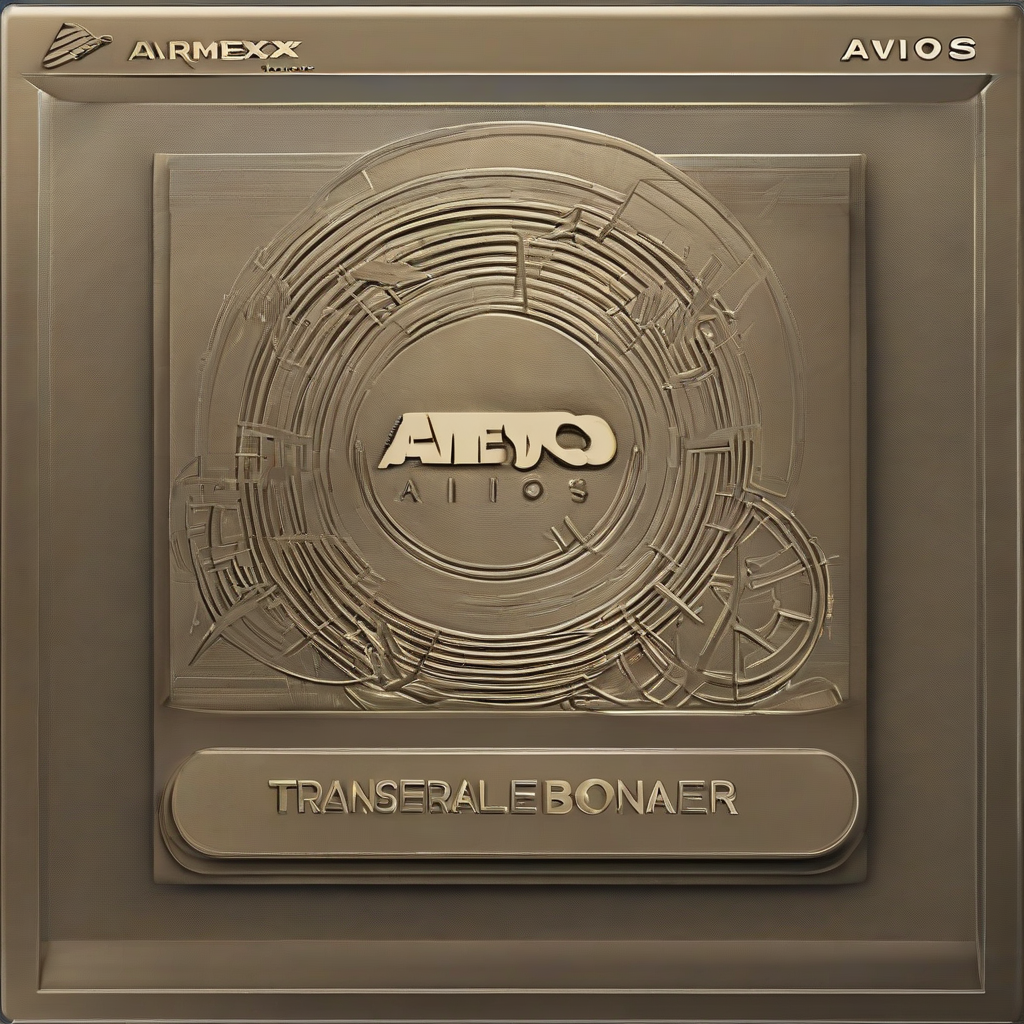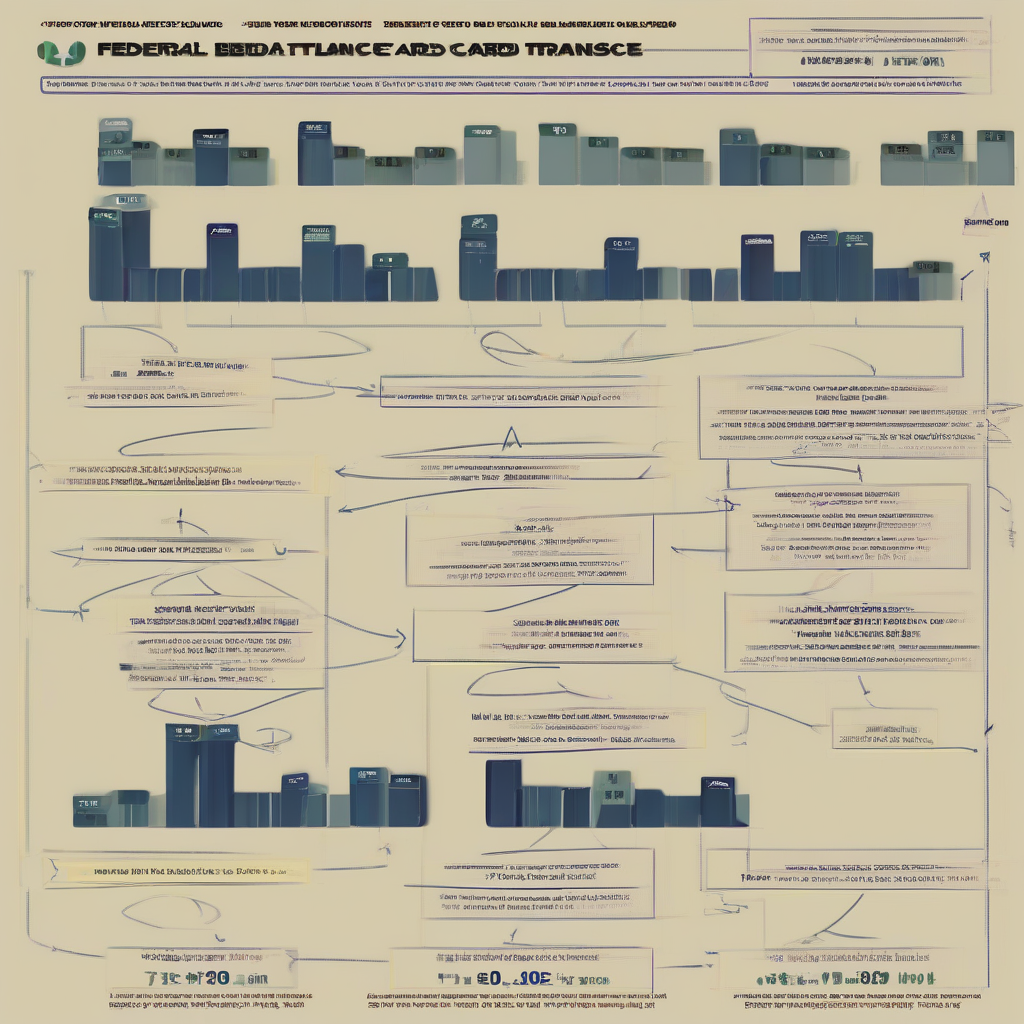Pro Automotive Webster: A Comprehensive Guide to Automotive Terminology

Pro Automotive Webster: A Comprehensive Guide to Automotive Terminology
Introduction
The world of automotive technology is vast and complex, with a specialized vocabulary that can be daunting for even the most seasoned enthusiasts. This comprehensive guide, "Pro Automotive Webster," aims to demystify the language of automobiles, providing clear and concise definitions for a wide range of automotive terms.
Key Automotive Components and Systems
- Engine: The heart of any vehicle, responsible for converting fuel into mechanical energy to power the wheels.
- Transmission: A system that transmits power from the engine to the wheels, enabling different gear ratios for optimal performance.
- Drivetrain: The entire system that delivers power from the engine to the wheels, including the transmission, axles, and differential.
- Suspension: A system of springs, shock absorbers, and other components that connect the wheels to the vehicle body, providing comfort and stability.
- Brakes: A system that slows down or stops the vehicle by converting kinetic energy into heat.
- Steering: A system that allows the driver to control the direction of the vehicle.
- Electrical System: A network of components that provides power for various functions, including lighting, ignition, and electronic controls.
Engine Technology
- Internal Combustion Engine (ICE): An engine that burns fuel to produce power, commonly used in gasoline and diesel vehicles.
- Electric Motor: A motor that uses electricity to generate torque, powering electric vehicles (EVs).
- Hybrid Engine: A combination of an ICE and an electric motor, offering fuel efficiency and reduced emissions.
- Turbocharger: A device that uses exhaust gases to spin a turbine, increasing air pressure and improving engine performance.
- Supercharger: A device that uses engine power to compress air, similar to a turbocharger.
- Fuel Injection: A system that injects fuel directly into the combustion chamber for more precise fuel control.
Transmission and Drivetrain
- Manual Transmission: A transmission where the driver manually selects gears using a clutch and shifter.
- Automatic Transmission: A transmission that automatically shifts gears based on driving conditions.
- Continuously Variable Transmission (CVT): A transmission that provides a smooth and efficient power delivery by seamlessly adjusting gear ratios.
- All-Wheel Drive (AWD): A drivetrain system that sends power to all four wheels, enhancing traction and stability.
- Four-Wheel Drive (4WD): A drivetrain system similar to AWD, but with a more robust off-road capability.
Safety Features
- Anti-Lock Braking System (ABS): A system that prevents wheel lock-up during braking, improving vehicle control.
- Electronic Stability Control (ESC): A system that uses sensors and actuators to maintain vehicle stability during cornering or other challenging conditions.
- Airbags: Inflatable safety devices that deploy in a collision to protect occupants.
- Lane Departure Warning (LDW): A system that alerts the driver if the vehicle drifts out of its lane.
- Adaptive Cruise Control (ACC): A system that automatically adjusts vehicle speed to maintain a safe distance from vehicles ahead.
Vehicle Performance
- Horsepower (HP): A measure of engine power, representing the rate at which work can be done.
- Torque: A measure of rotational force produced by the engine, indicating its ability to accelerate the vehicle.
- Fuel Economy: A measure of how efficiently the vehicle uses fuel, typically expressed in miles per gallon (mpg) or liters per 100 kilometers (L/100 km).
- Top Speed: The maximum speed that the vehicle can achieve.
- Acceleration: The rate at which the vehicle gains speed, often measured in seconds to reach a certain speed (e.g., 0-60 mph).
Automotive Maintenance and Repair
- Oil Change: A routine maintenance procedure that involves replacing the engine oil to lubricate and protect engine components.
- Tire Rotation: A maintenance procedure that involves moving tires to different positions on the vehicle to ensure even wear.
- Brake Pad Replacement: A repair procedure that involves replacing worn brake pads to maintain braking performance.
- Engine Tune-Up: A maintenance procedure that involves adjusting and cleaning various engine components to optimize performance.
- Diagnostic Scan: A procedure that uses a specialized tool to read and analyze vehicle codes, helping diagnose problems.
What's Your Reaction?
















